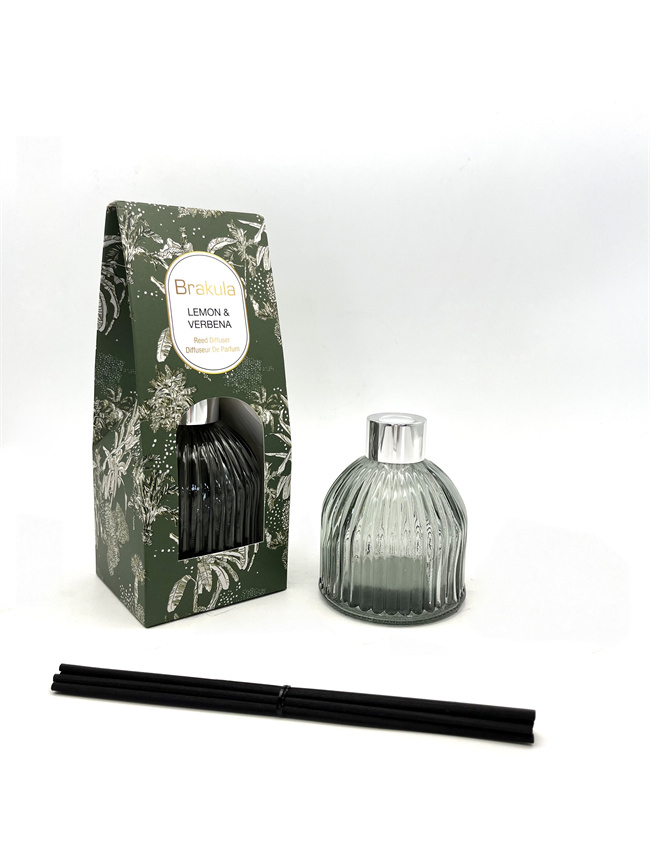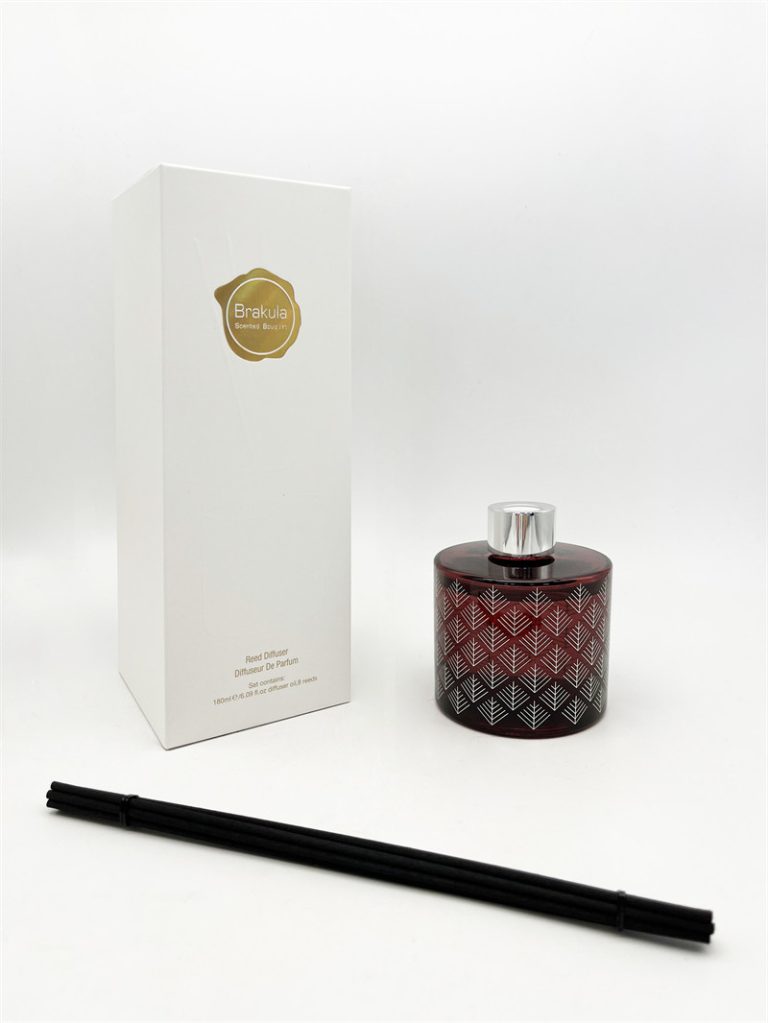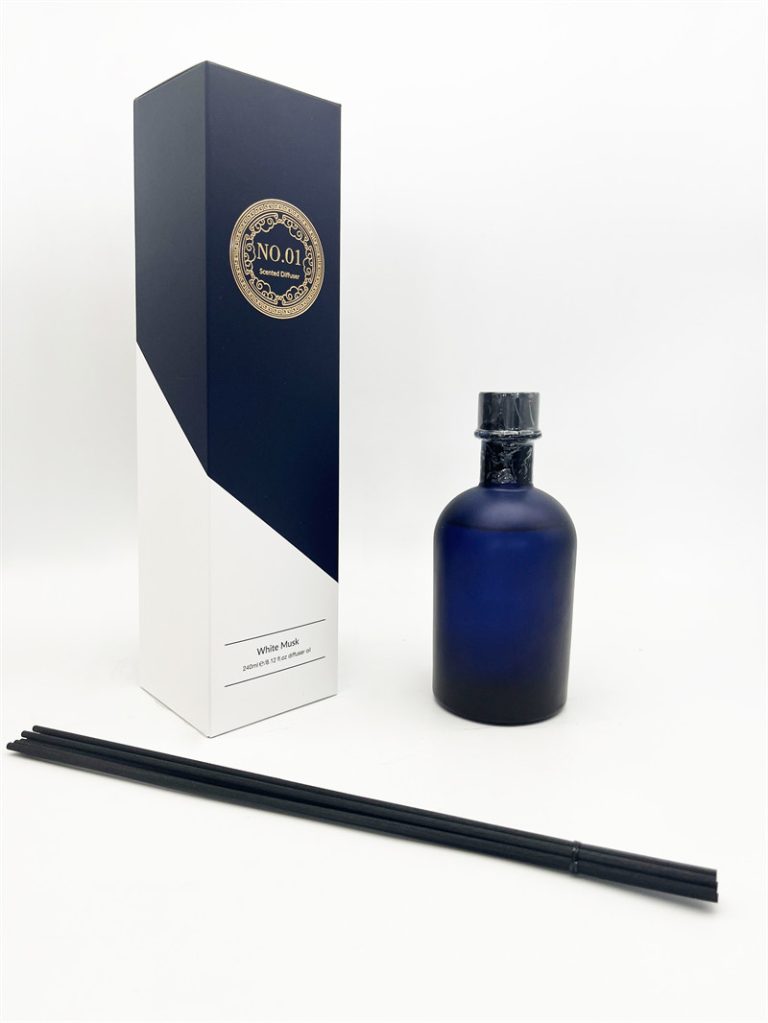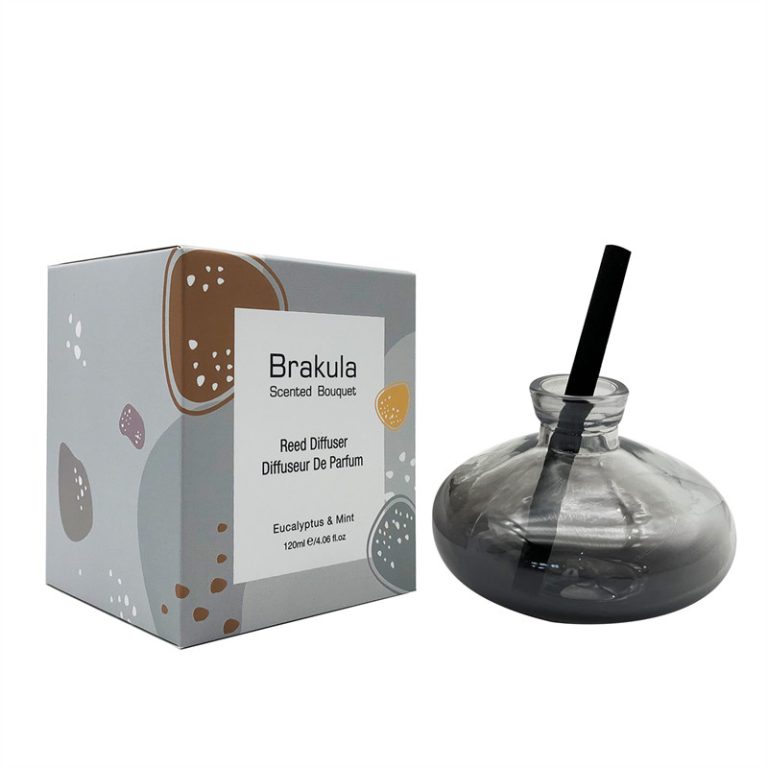Table of Contents
Potential Health Risks of Inhaling Wax Candle Fumes
Candles have been used for centuries to provide light, warmth, and ambiance in homes around the world. However, many people may not be aware of the potential health risks associated with burning candles, specifically the fumes that are released into the air. While the pleasant aroma of a Scented Candle can create a cozy atmosphere, inhaling the fumes from burning wax candles may not be as harmless as it seems.
When a candle is burned, it releases a variety of chemicals and pollutants into the air. One of the primary concerns with burning candles is the emission of volatile organic compounds (VOCs). These VOCs can include chemicals such as benzene, toluene, and formaldehyde, which have been linked to a range of health issues including respiratory problems, headaches, and even cancer. Inhaling these chemicals over an extended period of time can have serious consequences for your health.
In addition to VOCs, burning candles can also release soot particles into the air. These tiny particles can be inhaled deep into the lungs and have been associated with respiratory issues such as asthma and bronchitis. Soot particles can also settle on surfaces in your home, leading to potential indoor air quality issues.
Another potential health risk of burning candles is the release of lead and other heavy metals into the air. In the past, lead was commonly used in candle wicks to help them burn more evenly. However, the use of lead in candle wicks has been banned in many countries due to the health risks associated with lead exposure. Even though lead wicks are no longer used, some candles may still contain trace amounts of lead or other heavy metals, which can be released into the air when the candle is burned.
It is important to note that not all candles pose the same health risks. Soy candles, for example, are made from natural soy wax and do not release the same level of VOCs as paraffin candles. Beeswax candles are another alternative that may be less harmful to your health, as they do not release as many toxins into the air when burned. When choosing candles, look for those made from natural ingredients and avoid candles with synthetic fragrances or dyes, as these can also contribute to indoor air pollution.
To minimize the potential health risks of burning candles, it is important to practice proper candle safety. Always trim the wick before lighting a candle to prevent excessive soot and ensure a clean burn. Burn candles in a well-ventilated area to help disperse any fumes that are released. Consider using candles in moderation and avoid burning them for extended periods of time. If you experience any adverse health effects such as headaches, dizziness, or respiratory issues while burning candles, it may be best to discontinue their use and opt for alternative methods of creating ambiance in your home.
In conclusion, while burning candles can create a warm and inviting atmosphere, it is important to be aware of the potential health risks associated with inhaling wax candle fumes. By choosing natural candles made from soy or beeswax and practicing proper candle safety, you can minimize your exposure to harmful chemicals and pollutants. Remember to always prioritize your health and well-being when enjoying the ambiance of candlelight in your home.
Tips for Minimizing Exposure to Harmful Candle Fumes
Candles have been used for centuries to provide light, warmth, and ambiance in homes around the world. However, recent studies have raised concerns about the potential health risks associated with burning candles, specifically the fumes they emit. While candles can create a cozy atmosphere, the chemicals released when they burn can be harmful to your health. In this article, we will explore the potential dangers of wax candle fumes and provide tips for minimizing your exposure to these harmful substances.
When candles burn, they release a variety of chemicals into the air, including volatile organic compounds (VOCs) and particulate matter. These chemicals can irritate the respiratory system, trigger asthma attacks, and even contribute to the development of more serious health conditions over time. Some of the most common VOCs found in candle fumes include benzene, toluene, and formaldehyde, all of which have been linked to respiratory issues and other health problems.
To minimize your exposure to harmful candle fumes, consider choosing candles made from natural waxes such as soy, beeswax, or coconut wax. These types of candles tend to produce fewer VOCs and emit less soot than traditional paraffin wax candles. Additionally, look for candles that are scented with essential oils rather than synthetic fragrances, as artificial scents can also release harmful chemicals when burned.
When burning candles, be sure to do so in a well-ventilated area to help disperse any fumes that are released. Opening a window or using a fan can help improve air circulation and reduce your exposure to potentially harmful chemicals. It is also important to avoid burning candles for extended periods of time, as this can increase the amount of pollutants released into the air.
If you are particularly sensitive to candle fumes or have respiratory issues, consider using alternative methods to create a cozy atmosphere in your home. Essential oil diffusers, beeswax melts, and LED candles are all great options that can help you avoid the potential health risks associated with burning traditional candles.
In addition to choosing safer candle options and practicing proper ventilation, it is also important to be mindful of how you dispose of old or unused candles. When candles burn down, they can release toxins into the air, so it is best to extinguish them before they burn all the way to the bottom. To safely dispose of old candles, allow them to cool completely and then wrap them in a plastic bag before throwing them away.

By taking these simple steps to minimize your exposure to harmful candle fumes, you can enjoy the ambiance of burning candles without putting your health at risk. Remember to choose candles made from natural waxes, burn them in a well-ventilated area, and consider alternative options if you are sensitive to fumes. With a little bit of awareness and precaution, you can create a cozy and inviting atmosphere in your home while keeping yourself and your loved ones safe from potentially harmful chemicals.
Alternatives to Traditional Wax Candles for Health-Conscious Individuals
Wax candles have been a popular choice for lighting and ambiance for centuries. However, recent studies have raised concerns about the potential health risks associated with burning traditional wax candles. Many people are now seeking alternatives to traditional wax candles in order to reduce their exposure to potentially harmful fumes.
| Product Name | Scented Reed Diffuser |
| Material | Customized |
| Suitable for | Bedroom |
| Scents | Pear & Navy Blue Musk, Ginger & Lemon |
| Capacity | 180ml |
| Color | Navy Blue |
| Origin | China Wholesaler |
| Duration | 40-60days |
scented candle One of the main concerns with traditional wax candles is the emissions of volatile organic compounds (VOCs) when they are burned. These VOCs can include chemicals such as benzene, toluene, and formaldehyde, which have been linked to respiratory issues, headaches, and even cancer. Inhaling these fumes over time can have a negative impact on your health, especially if you burn candles frequently in enclosed spaces.
https://reedaromalab.com/tag/good-reed-diffuser-suppliers
If you are looking to reduce your exposure to these harmful fumes, there are several alternatives to traditional wax candles that you can consider. One popular option is soy candles, which are made from soy wax instead of paraffin wax. Soy candles are considered to be a more eco-friendly and healthier option, as they do not emit the same level of VOCs as traditional wax candles. Additionally, soy candles burn cleaner and longer than traditional wax candles, making them a great choice for health-conscious individuals.
Another alternative to traditional wax candles is beeswax candles. Beeswax candles are made from the wax produced by honeybees, and they are known for their natural, sweet scent. Beeswax candles burn cleaner than traditional wax candles and do not emit harmful chemicals into the air. In fact, some studies have shown that burning beeswax candles can actually help to purify the air by releasing negative ions that can neutralize pollutants and allergens.
If you are looking for a completely chemical-free option, you may want to consider using essential oil diffusers instead of traditional wax candles. Essential oil diffusers use water and essential oils to create a fragrant mist that can fill a room with a pleasant scent. Essential oils have been used for centuries for their therapeutic properties, and diffusing them can help to improve your mood, reduce stress, and even boost your immune system. Plus, essential oil diffusers do not emit any harmful fumes, making them a safe and healthy alternative to traditional wax candles.
In conclusion, while traditional wax candles have long been a popular choice for lighting and ambiance, they may not be the healthiest option for your home. If you are concerned about the potential health risks associated with burning traditional wax candles, there are several alternatives that you can consider. Soy candles, beeswax candles, and essential oil diffusers are all great options for health-conscious individuals who want to enjoy the benefits of candlelight without exposing themselves to harmful fumes. By making the switch to one of these alternatives, you can create a healthier and more environmentally-friendly home environment for you and your family.






